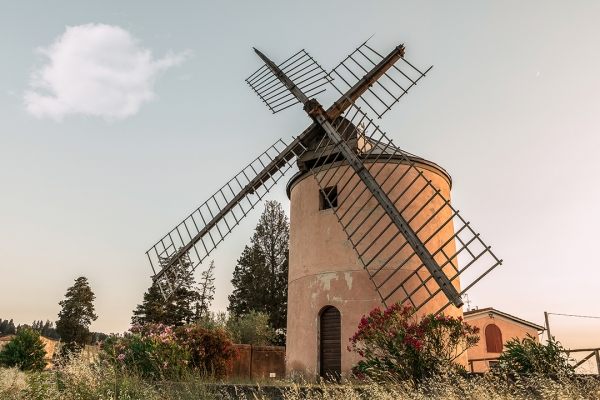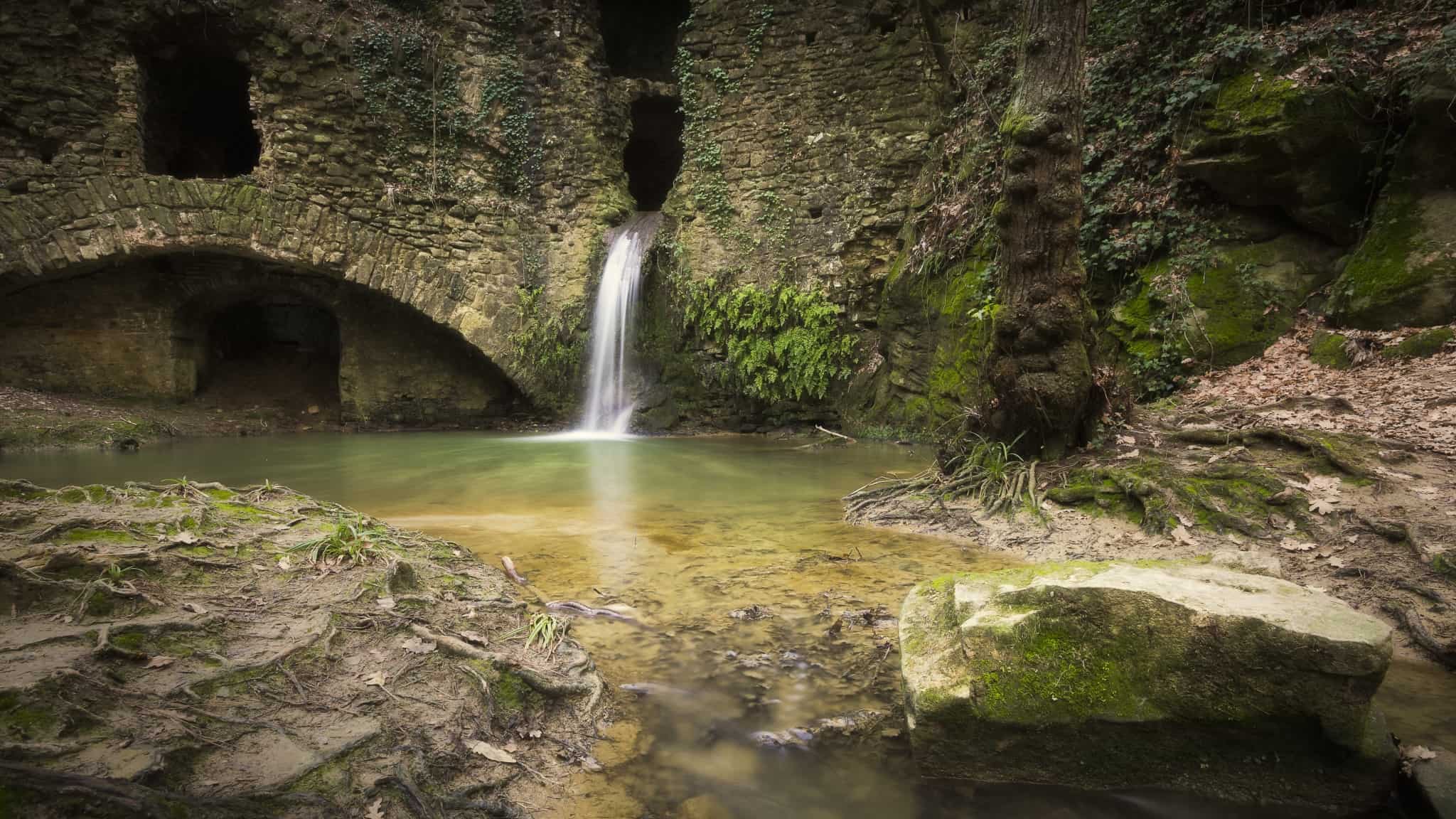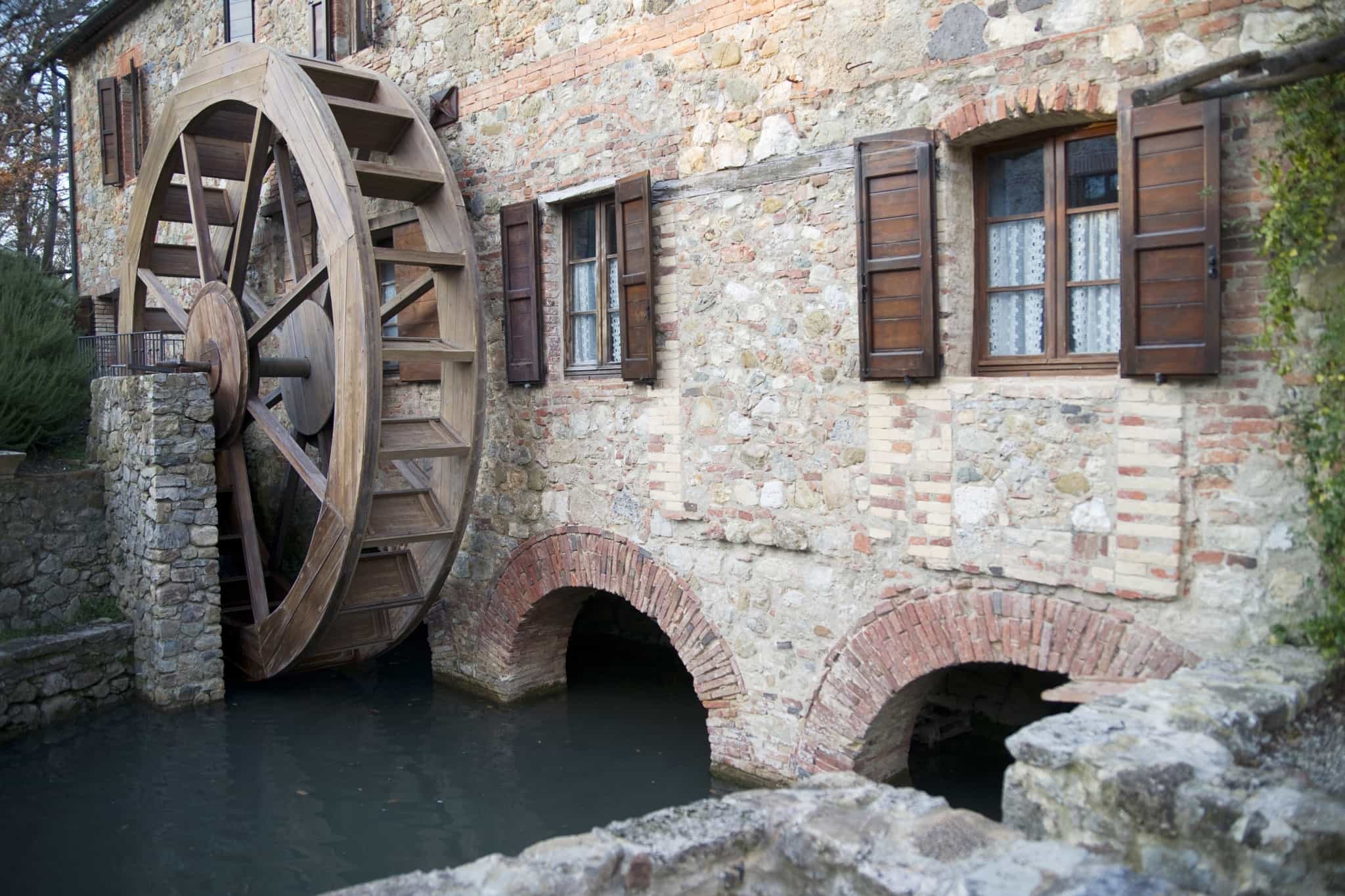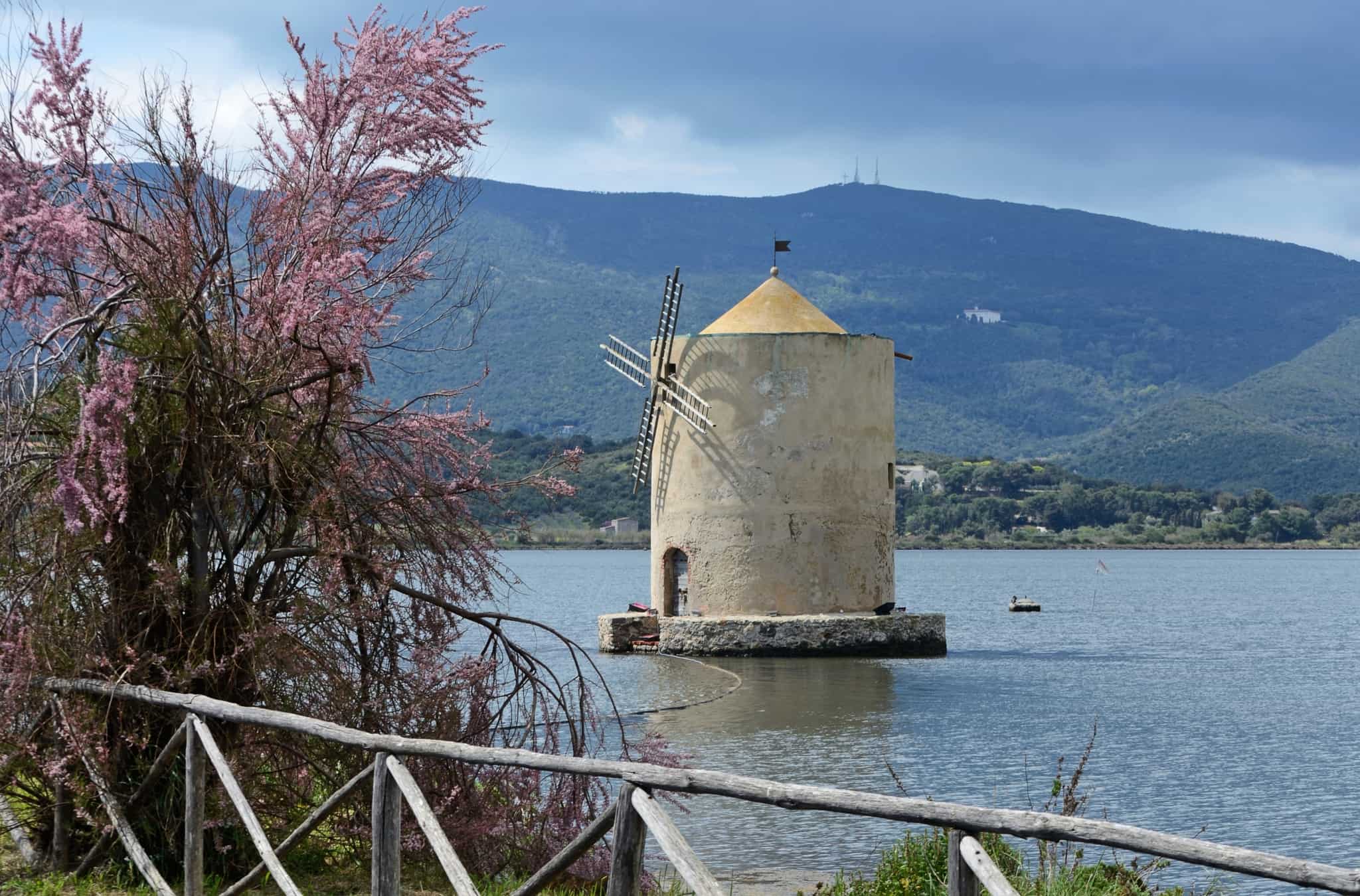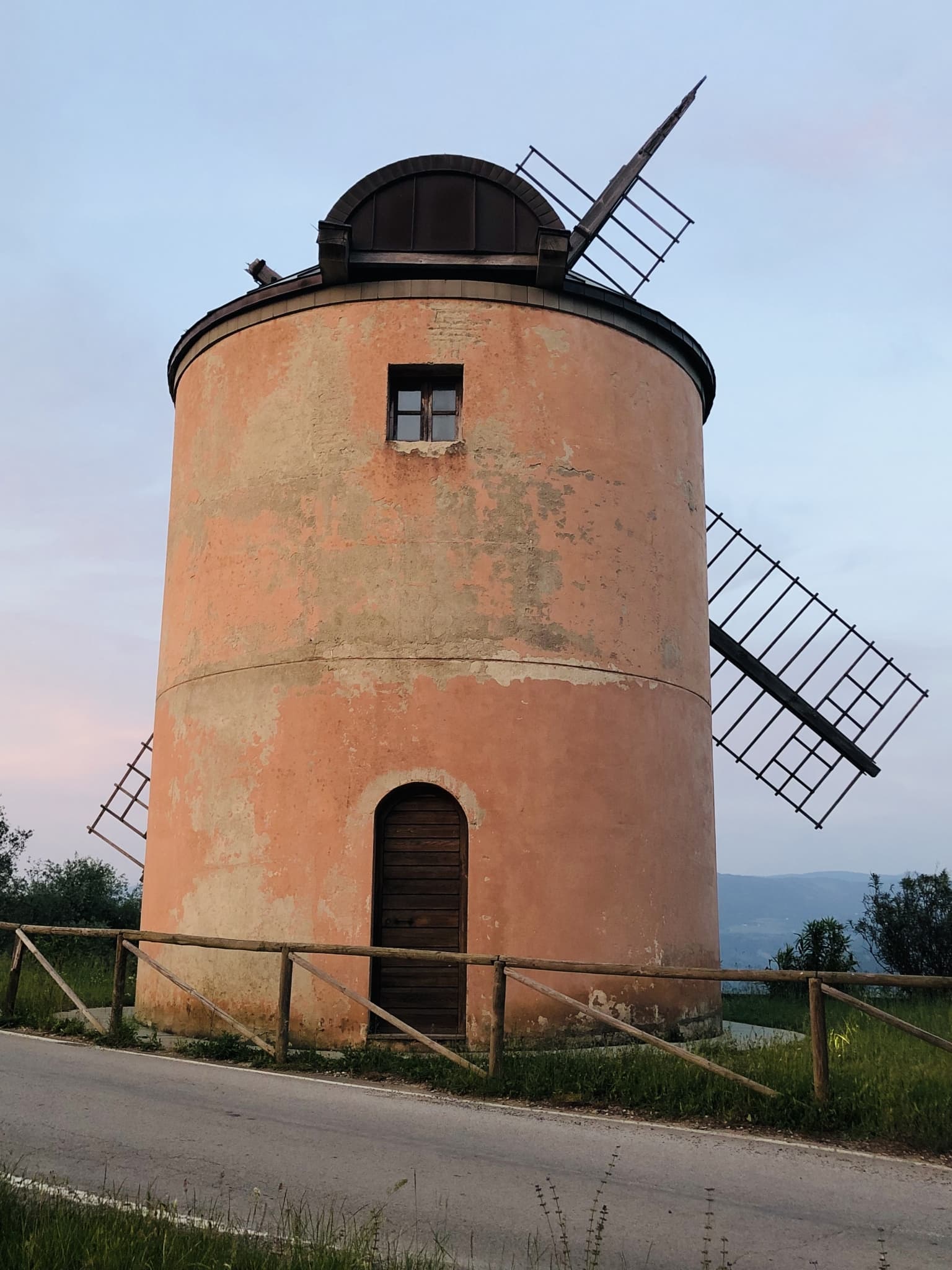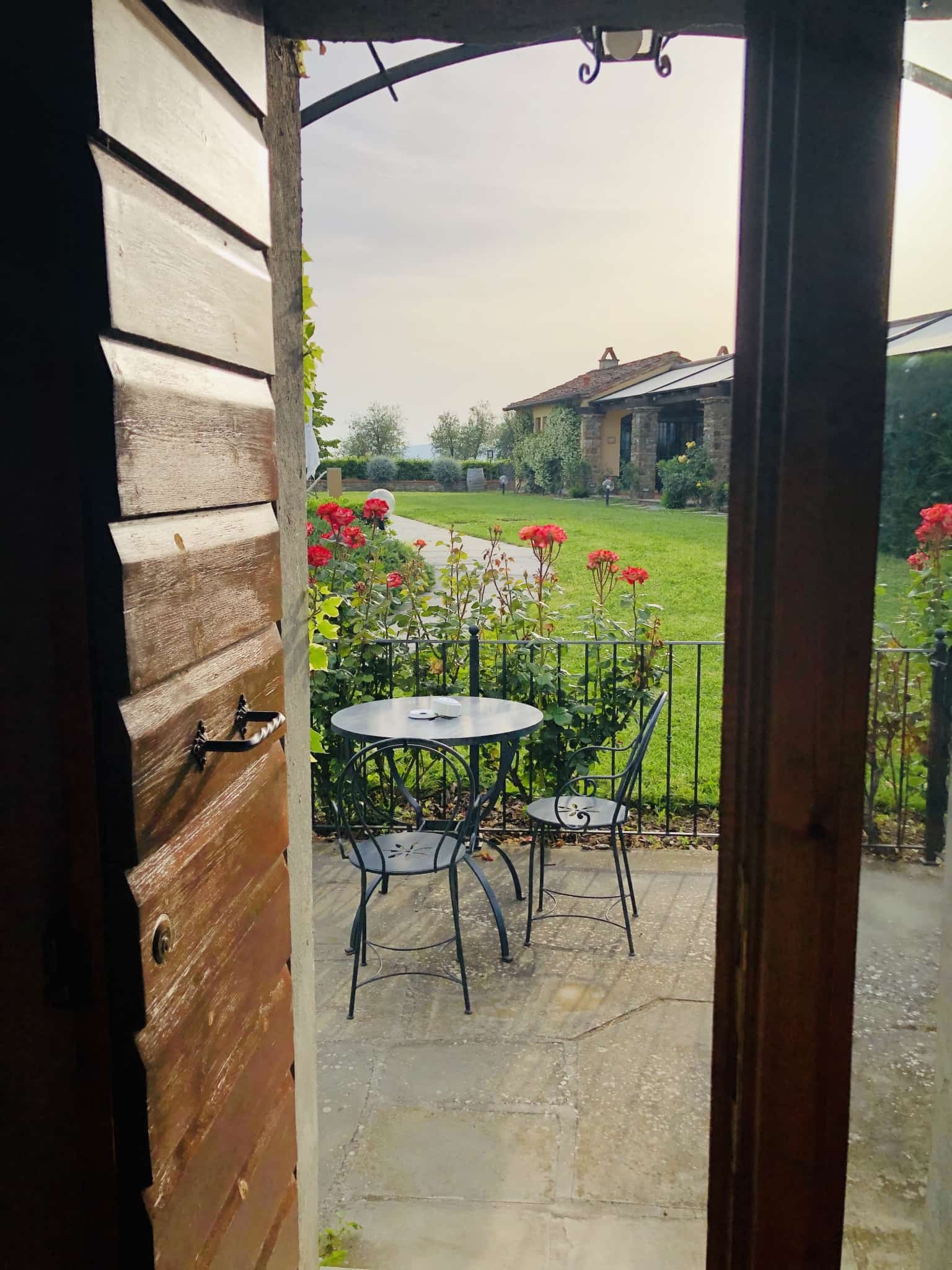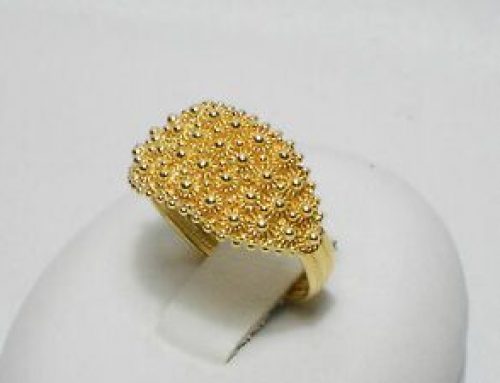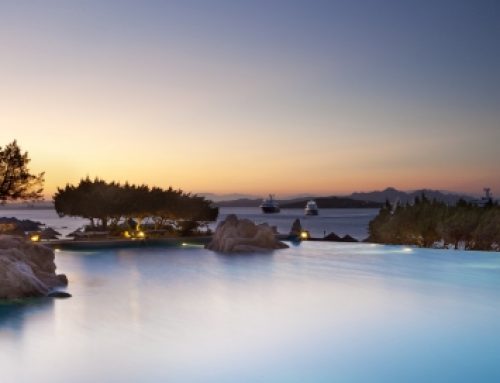The Windmills of Tuscany
Who wasn’t fascinated by valiant Don Quixote, fighting windmills? If you were, then this post is for you.
We’ll take you to The Windmills of Tuscany Tour, on a journey through millstones and tradition.
The windmills are the symbol of Holland, they rarely have been associated with Italy. Only few people know that there are two areas of Italy where windmill technology was extensively used, namely the west coast of Sicily and Tuscany. Many of the windmills in these areas were used in the salt production industry – being used both for pumping salt water and also for grinding the salt.
Let’s talk about the windmills of Tuscany. These ancient and fascinating facilities have Persian origins and were transplanted in Europe from the 12th century. Over time, the mills become an integral part of the territory, merging completely with it. In Tuscany there are dozens of old mills, some disused and “forgotten”, others instead adapted to new activities.
The Windmills of Tuscany Tour
The Windmills of Tuscany Tour is very inspiring, completely immersed in the green of the countryside, surrounded by vineyards, vegetable gardens and olive groves.
Let’s start from the Mulino Candalla in Camaiore, where its ruins were recovered and converted into a typical Tuscan tavern. In the heart of the most pristine and limpid nature, the mill stands out on the banks of the Lombricese stream: the only trace of human presence in the middle of a bucolic paradise.
Then, let’s discover the Mulinaccio of Scandicci concealed by the rich and dense vegetation of the province of Florence. Almost completely forgotten and ignored by tourists, the structure dates back to around 1600 and represents a remarkable example of a hydraulic mill.
Another famous complex is the Mulino delle Pile, in Chiusdino, in the province of Siena. Best known for having become the historic logo of Mulino Bianco products. Now, it is a country house, the ideal destination for sports lovers: on horseback, by bike or on foot, it is possible to travel on low-traffic roads that overlook the river Merse.
Let’s continue with the Mulino di Orbetello, located in the middle of the sea, as if it came out and floated on the clear Tuscan waters. It dates back around 1600 and it had initially a defensive function; after which he starts to grind wheat and wheat, using the energy produced by the currents.
Finally, The Mulino a Vento of Pontassieve. It is an artifact of the Grand Ducal Era inspired by the ancient design drawings of Leonardo da Vinci. Now, it has been used as an organic farm, country house and Bed & Breakfast: a way to combine a magnificent panorama with good and healthy eating.

